What We Treat
Knee pain
Hip pain
Shoulder pain
Foot and Ankle pain
Elbow pain
Head and Neck pain
Find out more about how we connect the dots from the deepest root & eliminate your pain from the source below!
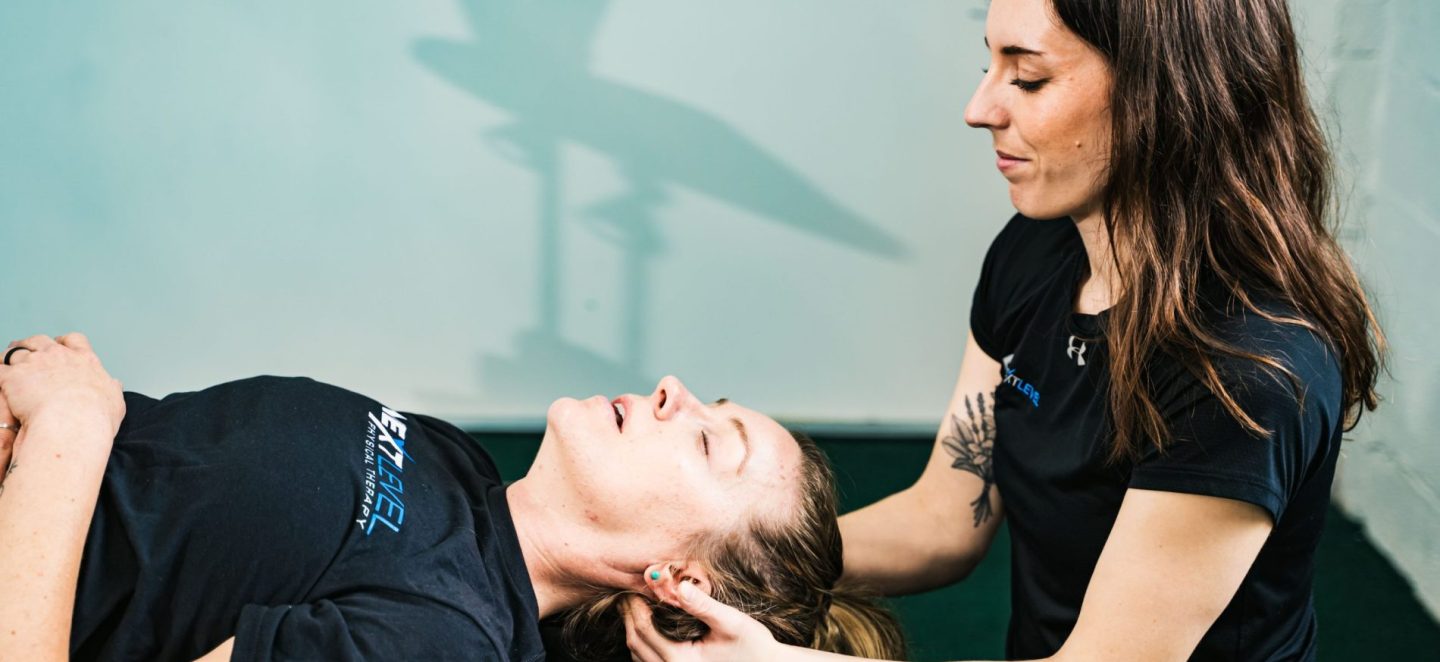
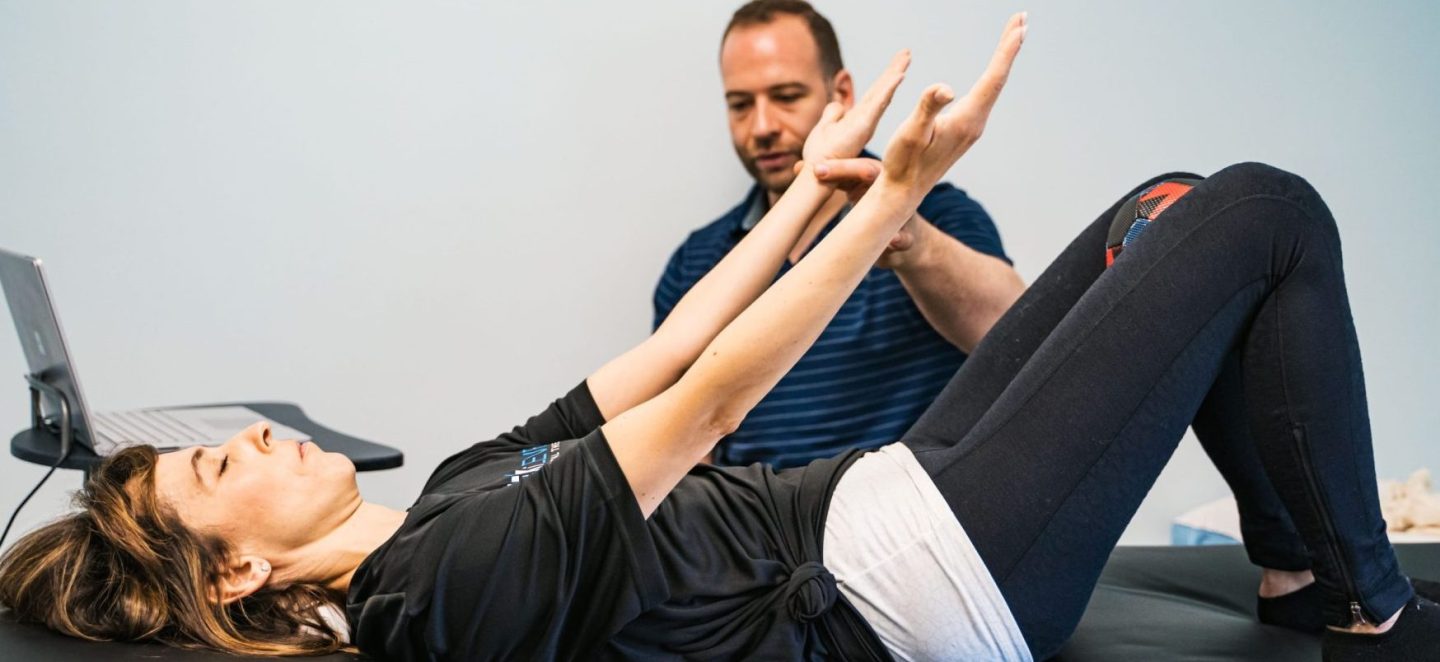
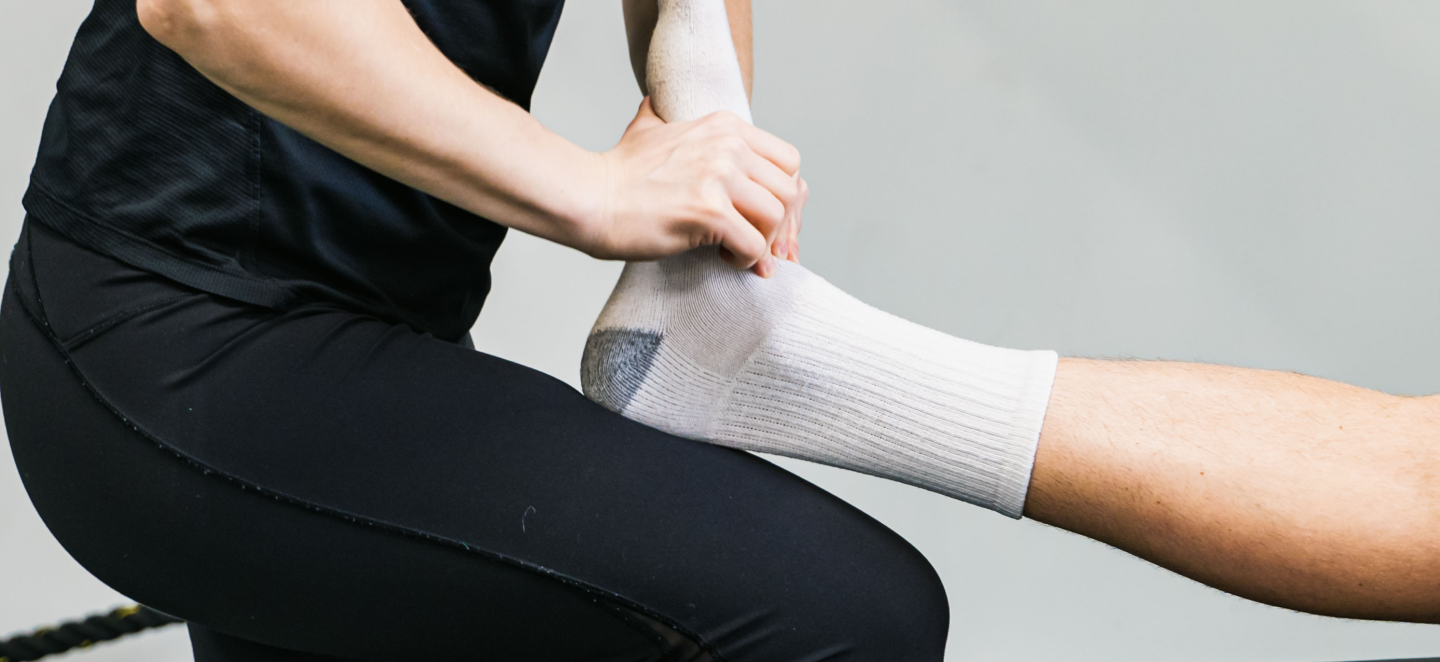
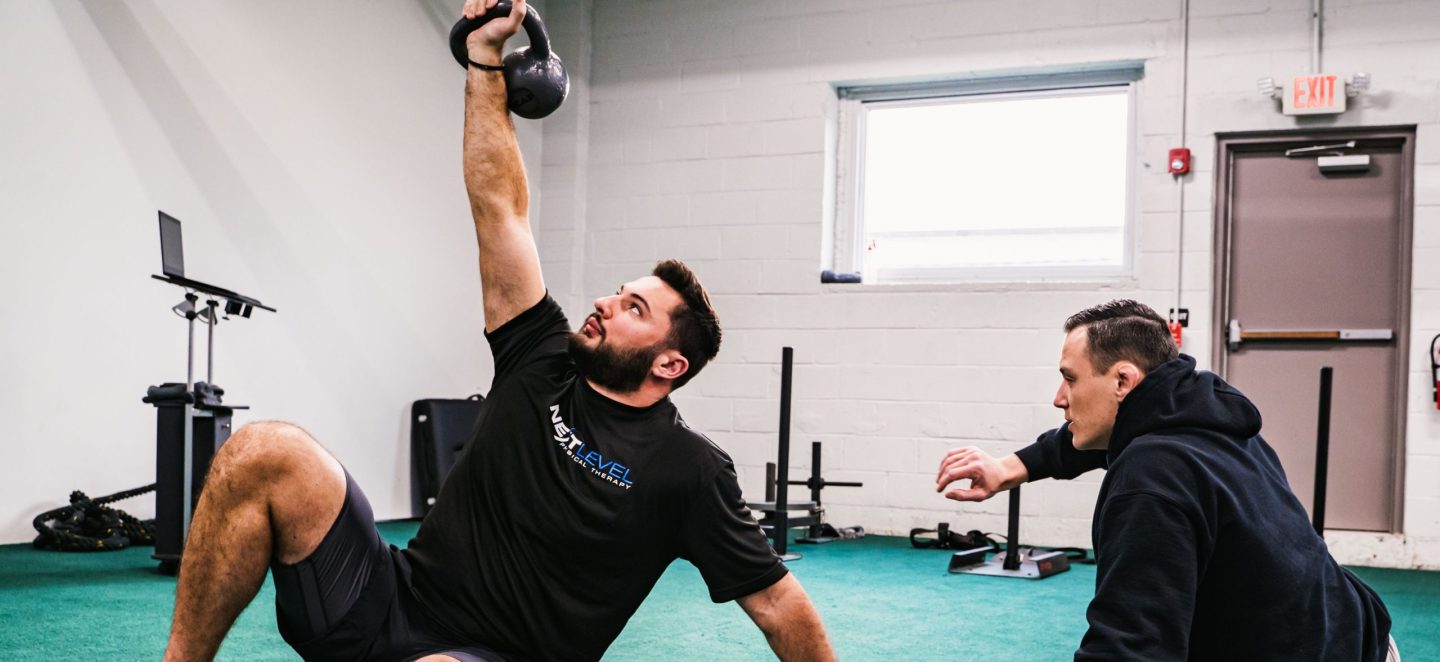
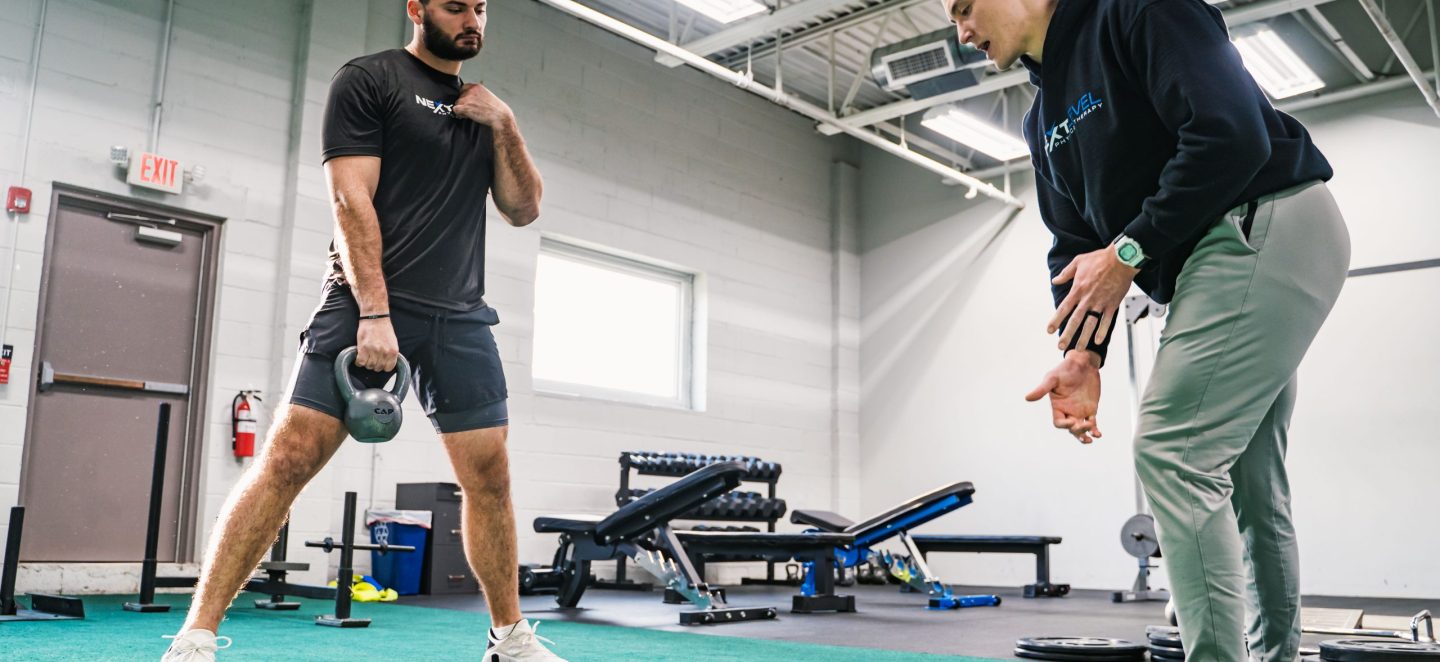
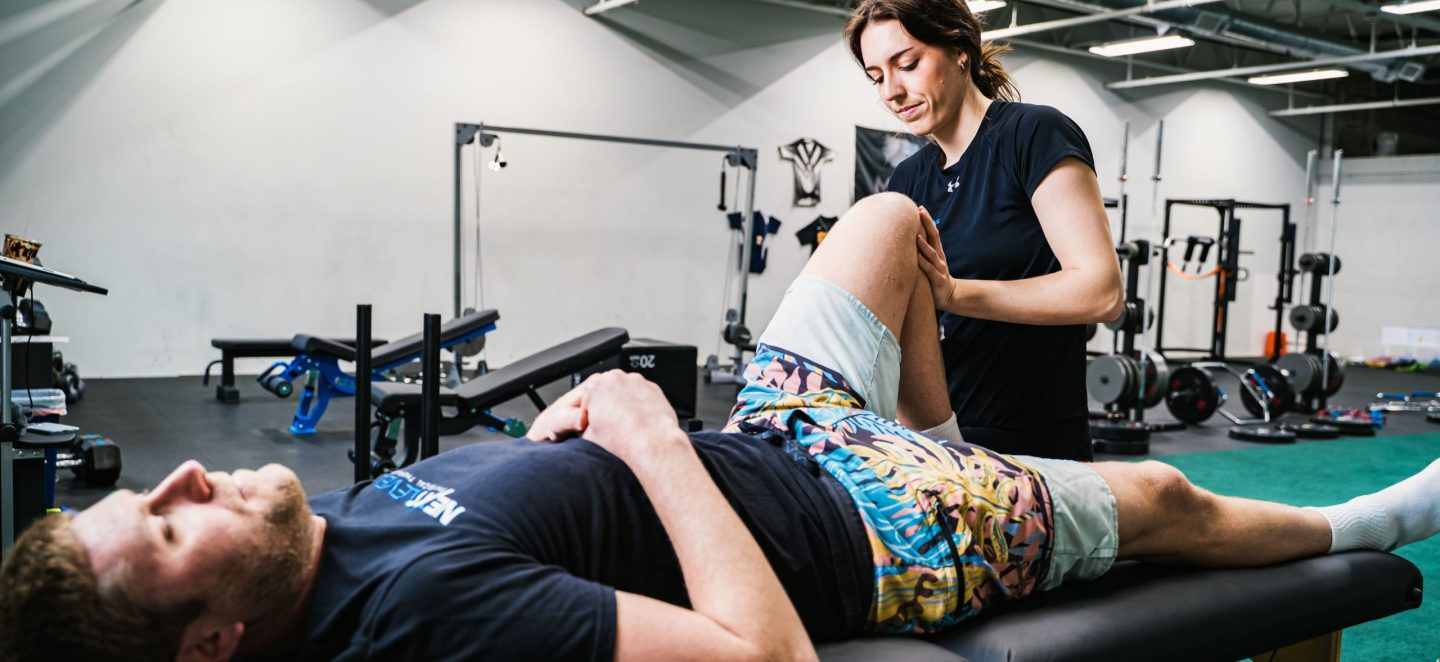
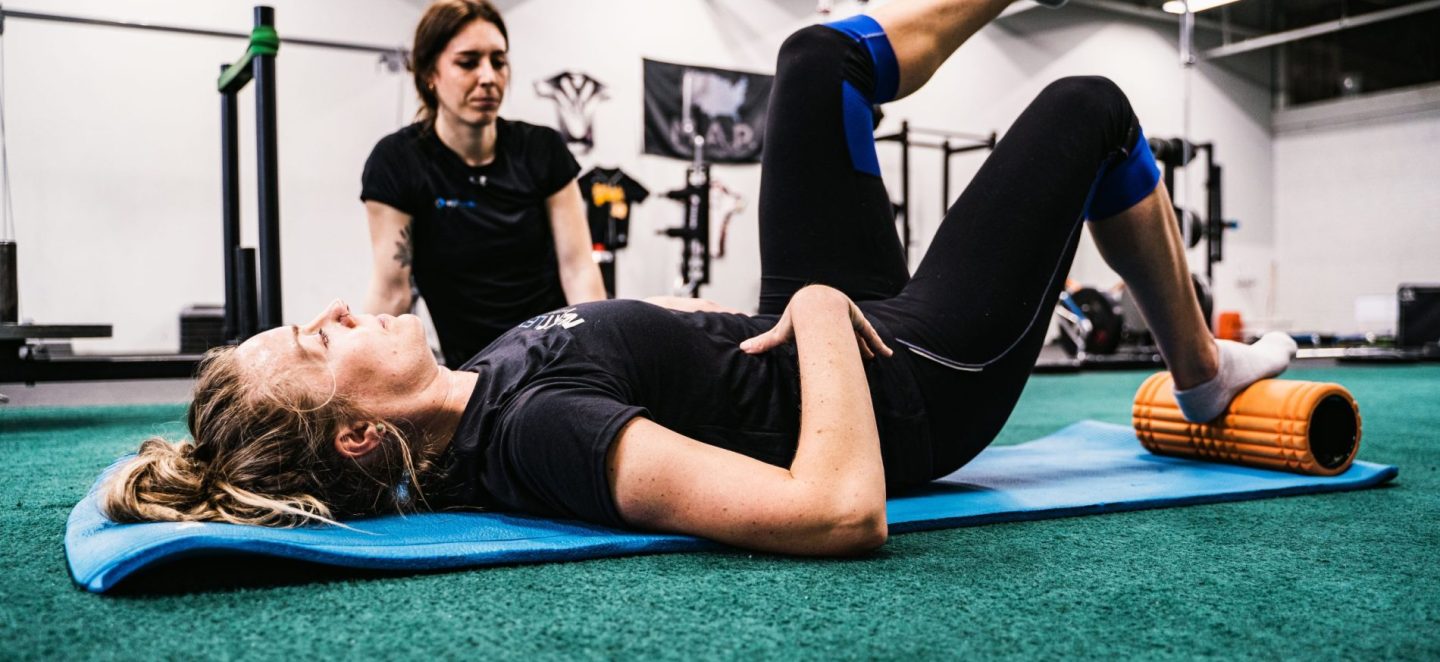
You’ve tried everything, but why hasn’t it worked?
You may have experienced 1 or all of the following:
These methods only give temporary relief because they are just fighting the symptoms and not connecting the dots from the deepest root. The body is too complex for such a basic approach.
You need a specialized solution that will treat the body as a whole and get to the root cause of your pain.
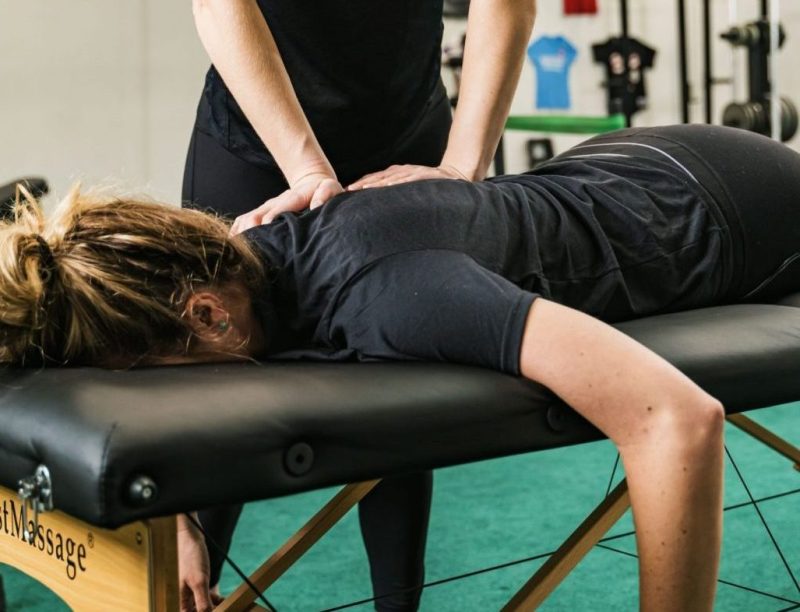
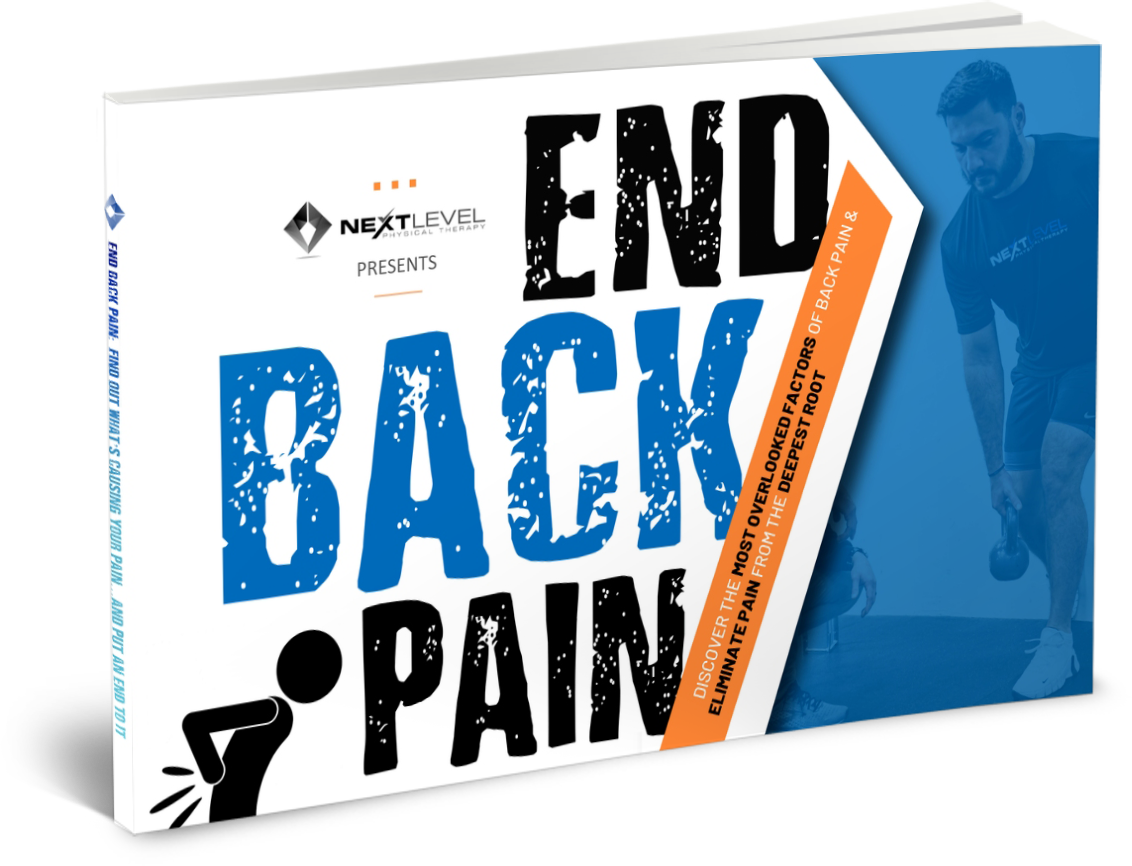
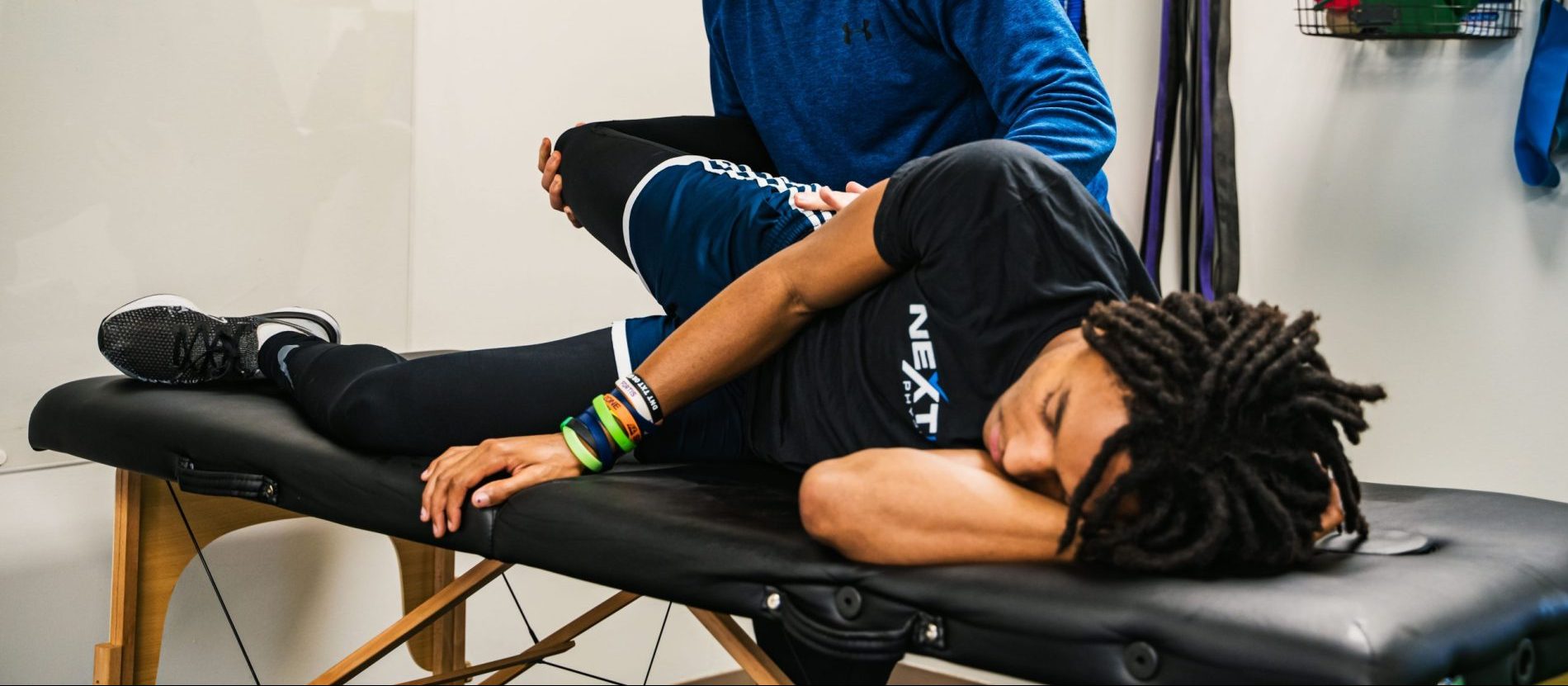
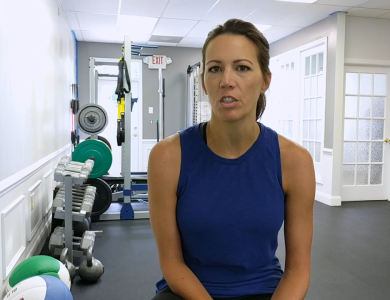
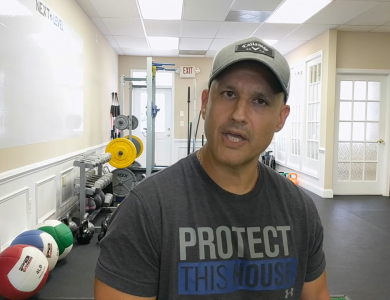
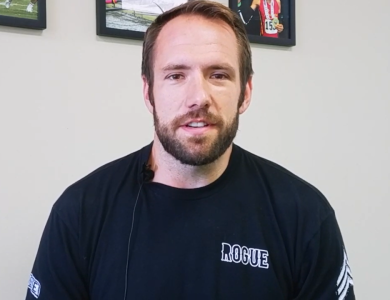
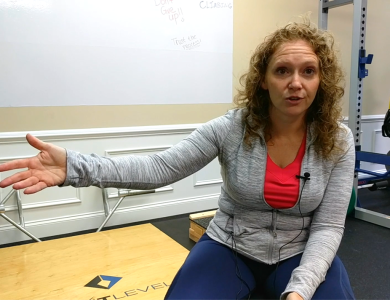

I had tried three different physical therapists before finding out about Next Level and Dr. Mike. I had suffered multiple disk herniations in the lumbar portion of my back, and experienced severe sciatica as a result; and before coming to Mike, therapy did nothing for my pain or loss of mobility. Mike’s approach to the human body is unique and extremely effective. I would recommend Mike’s practice to any high level athlete due to his incredible understanding of the human body and his unique approach to not only eliminating immediate symptoms, but also preventing additional long term problems.

Next Level Therapy made no promises or guarantees, but they said that if I gave them a chance that they would let me know if they could help me or not. Typically a PT or chiropractor will tell you that they can fix anything and then try to sign you up for life. I found that Next Level’s approach to be comforting, honest and professional.

I was recommended next level pt from a gym buddy so after over a year of working with a chiropractor (I have 2 herniated discs in my lower back) and not being able to progress and get back into a gym I decided to give them a shot. After my first consultation with Dr. Leor I instantly felt hopeful! I agreed to join their program with guarantee that I could become the athlete that I once was. Dr. Leor understood and listened to my inquiries, my fears, my past issues and explained and helped me understand in laments terms what my “problems” were and why they are happening and how to fix them. I learned a lot about myself and how our bodies work and how to prevent further injury by moving correctly. After finishing the 10 week program I am now back in my gym doing one on one sessions and some minor wods on my own and have had no set backs thus far! I am positive that I will continue to get stronger and I owe that to Next Level pt for sure!